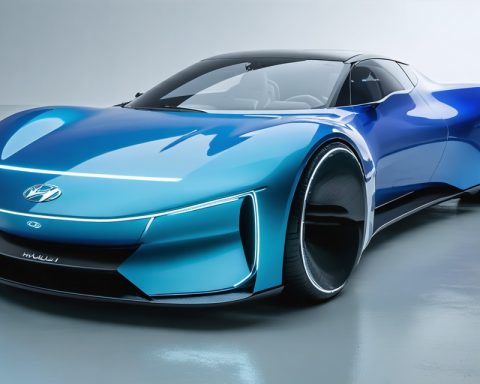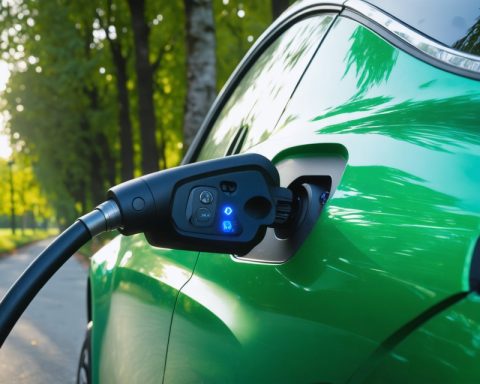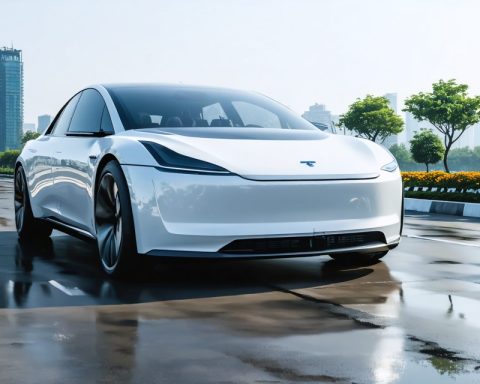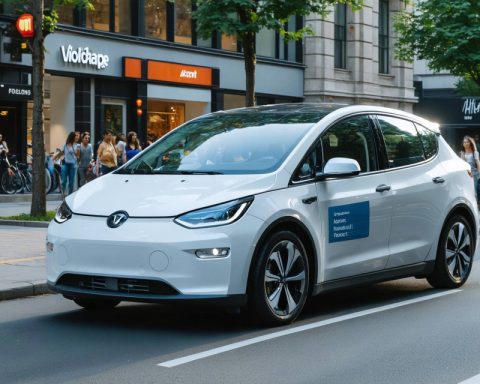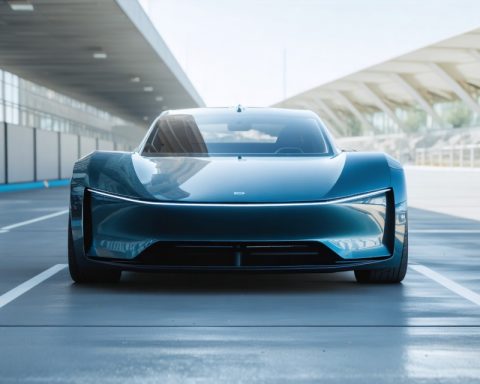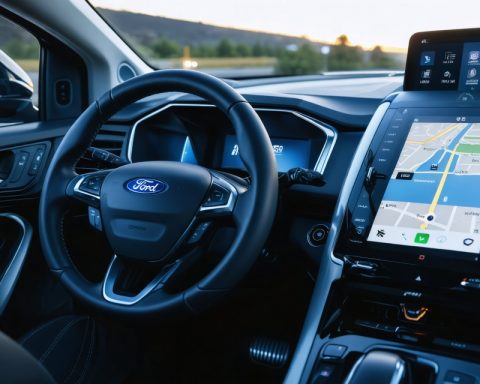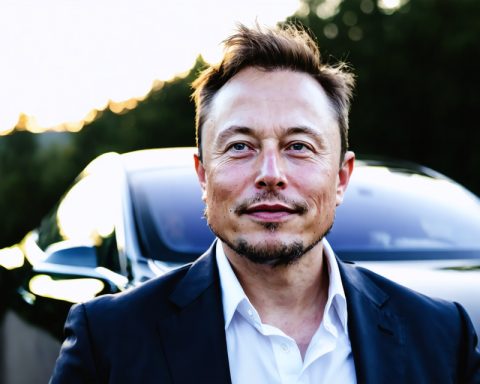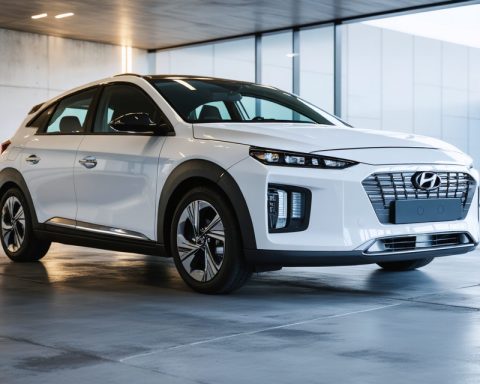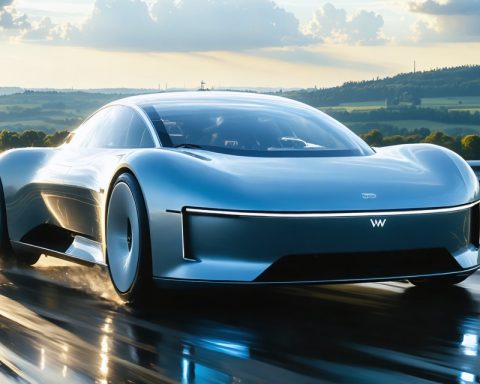- Minnesota must address funding gaps for road and bridge maintenance due to declining gas tax revenue, exacerbated by the increasing adoption of electric vehicles (EVs).
- Proposed solutions include implementing a $0.05/kWh fee at public charging stations and raising the EV surcharge from $75 to up to $200.
- The state aims for EVs to constitute 20% of all vehicles by 2030, further impacting traditional revenue streams.
- The debate is complex, balancing infrastructure funding needs with environmental goals and the cost barriers of adopting EVs.
- Supporters of increased EV fees argue they are necessary for sustaining infrastructure amid rising EV sales; EVs climbed from 1% to 7% of new car purchases in one year.
- Minnesota faces a projected $6 billion budget deficit, prompting urgent consideration of new fiscal strategies.
- The outcome of these legislative discussions will impact Minnesota’s approach to balancing environmental progress with economic stability.
Minnesota stands at a crossroads. Lawmakers, envisioning the future of travel over the state’s expansive highways and through its picturesque towns, face mounting pressure to fill gaping holes in funding for road and bridge maintenance. The culprit? A rising tide of electric vehicles (EVs) that, while promising a cleaner planet, threaten traditional revenue streams once bolstered by gas taxes.
Amidst the harsh winter months that grip the Twin Cities, discussions echo in the marble halls of the Minnesota State Capitol. Proposals to impose a $0.05 per kilowatt-hour fee at public charging stations and an increase of the current EV surcharge from $75 to as much as $200 dance on legislative tables. Some lawmakers even mull over a mileage tax—a formula designed to measure the precise wear and tear each vehicle inflicts upon the state’s fabled landscapes.
These conversations arise as Minnesota’s gas tax revenue slips away, a slow but certain descent attributed to improved fuel efficiency and the burgeoning EV market. The Minnesota Department of Transportation reports a steady 1-2% dip in annual revenue, a trend compounded by the state’s ambitious goal: to have EVs make up 20% of all vehicles by 2030.
Bipartisan attempts to resolve this conundrum unfold. While some lawmakers press forward, advocates for clean energy press pause. For them, the cost barrier of entering the electric vehicle market is already substantial, and additional fees could halt progress before the state achieves critical mass.
Supporters of increased EV fees, including the Coalition of Greater Minnesota Cities and the Minnesota Chamber of Commerce, argue that as the wheels of change turn, infrastructure should not crumble due to lack of funds. If EV sales continue their surge—accelerating from 1% to 7% of new car purchases in a single year—it seems inevitable that the state will need new strategies to sustain its infrastructural lifeblood.
Yet, the debate extends beyond finances. It questions the environmental cost of road repair against the environmental promise of electrification. Balancing the scales of progress, Minnesota’s lawmakers navigate between policy and practicality, all under the looming shadow of a projected $6 billion budget deficit in the coming years.
As discussions unravel and decisions spiral towards finality in budget proposal meetings, the stakes rise. In a state that once passed a controversial retail delivery fee to plug similar fiscal gaps, history could very well repeat itself.
Minnesota wrestles with the essence of evolution—whether to propel its commitment to greener technologies mid-journey or ensure its traditional scaffolds endure a changing climate. The road ahead remains shrouded in a veil of economic uncertainty, but the destination—a blend of environmental stewardship and infrastructural integrity—lies clearly on the horizon.
Unlocking Minnesota’s Future: How Lawmakers Are Reshaping Road Funding Amid EV Surge
Minnesota finds itself at a pivotal juncture as it grapples with the dual challenges of advancing its environmental goals while maintaining its transportation infrastructure. With the rise of electric vehicles (EVs), traditional revenue from gas taxes—which have historically funded road and bridge maintenance—is waning. This article delves deeper into the complexities surrounding Minnesota’s funding dilemma and explores additional facets of this evolving issue.
How Electric Vehicles Impact Transportation Funding
1. Decline in Gas Tax Revenue: As more Minnesotans switch to EVs, gas tax revenue, which contributes significantly to road maintenance funds, is declining. The Minnesota Department of Transportation has observed a 1-2% reduction in annual revenue, a trend exacerbated by improved fuel efficiency in vehicles.
2. Proposed EV Fees: To counterbalance the shortfall, lawmakers are proposing a $0.05 per kilowatt-hour fee at public charging stations, alongside an increase in the current EV surcharge—from $75 to potentially $200. These measures aim to capture revenue from EV users directly.
3. Potential Mileage Tax: An additional proposal is the implementation of a mileage tax to account for road wear and tear caused by all vehicles, regardless of fuel source. This model would measure actual road usage to ensure equitable contribution to infrastructure maintenance.
The Broader Context of EV Adoption
– Market Growth: EVs are expected to constitute 20% of Minnesota’s vehicle market by 2030. With EV sales jumping from 1% to 7% within a year, the need for comprehensive infrastructure funding solutions becomes more urgent.
– Clean Energy Advocacy: Environmental groups caution against high fees that may impede EV adoption, arguing that financial barriers could slow Minnesota’s progress towards its green energy objectives.
Economic and Environmental Considerations
The economic implications of maintaining a stable road network are considerable, given Minnesota’s projected $6 billion budget deficit. Financial strategies must strike a balance between fostering technological evolution and maintaining infrastructure.
Future-Proofing Minnesota’s Roads: Actionable Insights
– Diversified Funding Approaches: Minnesota should consider a multi-pronged strategy encompassing modest EV-specific fees, revisited fuel taxes, and possibly a sliding scale mileage tax to ensure equitable fiscal contribution.
– Incentivizing Sustainable Transit Options: Introducing incentives for the adoption of EVs while deploying sustainable public transport can alleviate some funding pressures.
– Retaining Community Engagement: Maintaining open dialogues with stakeholders, including environmental groups and local businesses, can lead to a more consensus-driven approach to policy-making.
Quick Tips for Minnesota Drivers
– Monitor Legislative Changes: Stay informed about new charges or tax changes affecting electric vehicles and adapt accordingly.
– Optimize Energy Use: Utilize off-peak charging times to potentially reduce costs if time-of-use rates are introduced.
– Advocate for Sustainable Policies: Engage in community events to voice support for balanced transportation funding that includes sustainable energy solutions.
Conclusion
As Minnesota navigates the financial ramifications of its shift to electric mobility, the state stands poised at the crossroads of innovation and tradition. Proactive policy strategies and community engagement will be critical in ensuring Minnesota’s infrastructure can support its environmental ambitions. With collaborative efforts, Minnesota can establish a sustainable funding model that supports its transition to a greener future.
For more information on policies regarding electric vehicles and infrastructure funding, visit the U.S. Department of Transportation.

